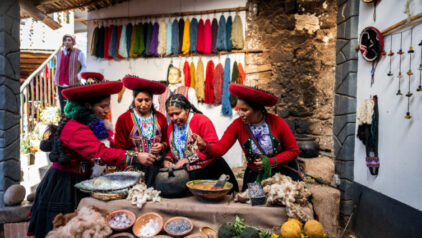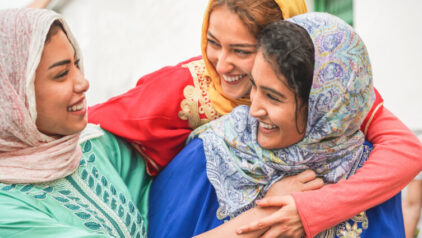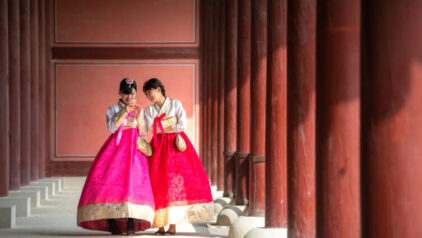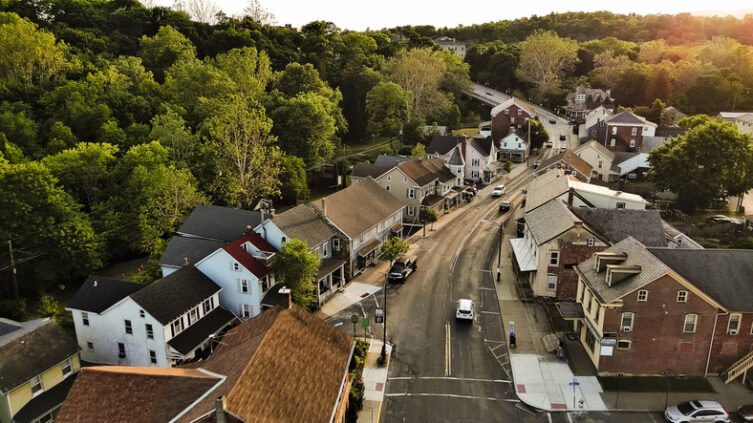

Creepy crawly? That’s my name for old-style research.
The kind that involves digging through musty, dusty archives filled with cabinets and shelves stuffed with papers, files, ledgers, registers and books. We never know what might be found – or what might find us – during those excursions.
This is what the University of Leyden’s library looked like, c1610. Many old archives and libraries in out of the way places look much the same.
 So much information is available online today – and more appears daily – that many newcomers are unaware of what research used to be like . Many of us continue to access information the old-fashioned way!
So much information is available online today – and more appears daily – that many newcomers are unaware of what research used to be like . Many of us continue to access information the old-fashioned way!
Newcomers also need to remember that not everything is online yet, and a good portion may never be. Thus, all researchers need to know where to find original documents and records. These may range from making a personal visit to a remote courthouse to obtain a 250-page probate file – with valuable family information – to viewing old property records that may never be digitized.
When I began my research, I began with phone calls to and interviews with many people. I needed that basic information (names, dates and stories) to be able to learn more about those individuals.
As many genealogists say, genealogy is the framework upon which family history is built. Think of genealogy as the construction framework, and family history as what we add to that framework. Without genealogy and its focus on names and dates, one could not pursue family history with any accuracy.
Once I learned the names of our ancestors, where they lived and when, I was able to access more data and visited the Family History Library (Salt Lake City, Utah) several times. Our project was helped as the FHL had seven rolls of microfilm with the Jewish records of Mogilev, Belarus, where our TALALAY family had lived from at least the mid-1700s until they began emigrating in the late 19th century. I learned the Cyrillic alphabet to find names of interest in the Russian and Hebrew-language records.
On other films, we discovered naturalization records, immigration records, passenger manifests. This period was not yet “creepy crawly” as this data was viewed on microfilm readers in modern, air-conditioned buildings.
My good friend – Maria Jose Surribas in Barcelona – is a superb researcher and she often needs to do “creepy crawly” research in private and public archives in various cities in Spain.
I came to creepy crawly research late in my project, on an early trip to Barcelona, when I visited archives with Maria Jose. In Lerida, we went to the historical archives in the old cathedral. Walls were lined with folders and boxes holding ancient documents. At the time I first visited, we were told there were tens of thousands of documents not yet catalogued. The staff had just received one computer, while sharing a travelling camera to obtain make copies of documents for researchers.
Visitors could bring in their bags, coats, pens. Gloves were not required. One of the first documents I saw was in a folder placed on our desk. In this folder, among other ancient original documents was one from 1204 for the family of another friend, Dr. Dan Laby, a pediatric ophthalmologist at Harvard University.
How can I describe seeing, feeling, smelling that ancient document? Imagine the year 1204, when Dan’s ancestors were wealthy individuals well-known then and for centuries afterward. This document detailed – if I remember correctly Maria Jose’s translation – a description of the family holdings and lands.
This was so different from a digital image on a screen. This was tangible – with texture, fragrance and history. We held history in our hands that day.
The next document I saw was dated 1358 and contained the name of our ancestor Mosse Talalya, a kosher winemaker in Lerida. He had signed a document – along with the names of city leaders and Jewish community representatives as to how much kosher wine could be brought into Lerida from where and when. It also listed the penalties if contract terms were not followed. Translated into English, it reads as a modern business contract written yesterday. Dan and I joked that his family bought the wine produced by my ancestor.
In Barcelona, Maria Jose and I visited the Crown of Aragon Archives, a modern building filled with natural light. The staff works to digitize the original documents and make them easily accessible via computer. Thousands of documents are in the archival database. Once digitalized in full color, the original is safely stored and rarely brought out. However, original documents not yet digitized can be seen.
We spent many hours in this extensive repository that juxtaposes modern technology with ancient history. Access here is more strictly controlled, belongings go into lockers and only minimal items may be taken into research areas. Here, we found some six indexed mentions for my family, but we could not locate the actual documents. Maybe next time!
While finding any record for our families is cause for a genealogy “happy dance,” holding an original piece of your family history in your hands is even better!









